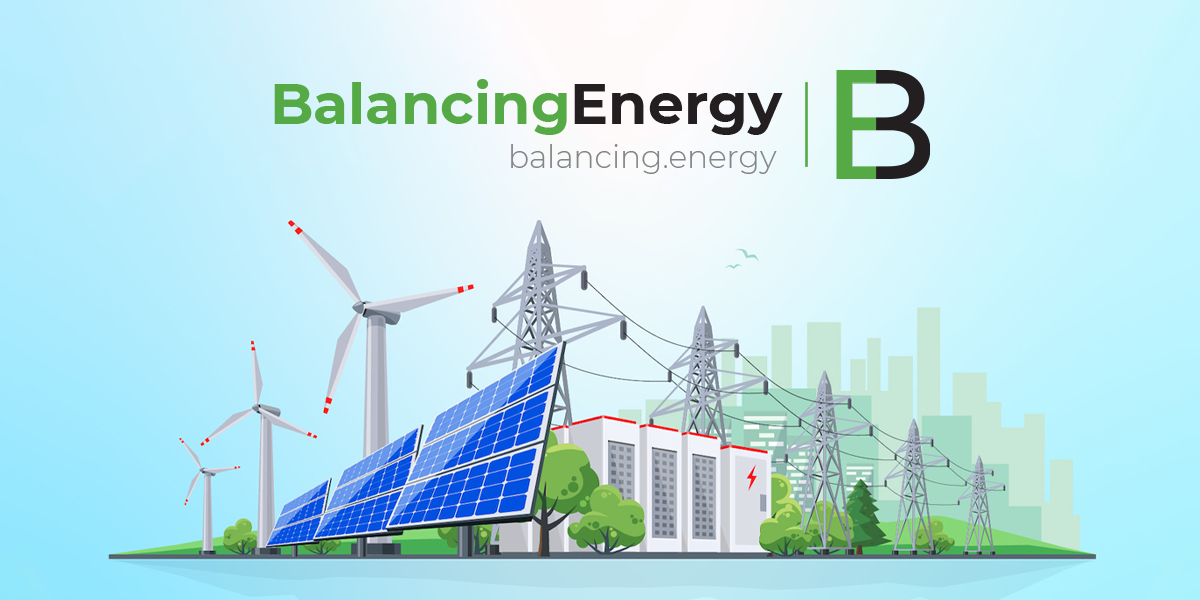Serbia is emerging as a favorable location for the establishment of Research and Development (R&D) tech resource centers, particularly for companies in the European Union (EU) looking for cost-effective and strategically positioned hubs. Several factors contribute to this appeal, including its proximity to the EU, availability of skilled talent, supportive government incentives, and growing innovation ecosystem. Below is an analysis of the opportunities and benefits of setting up R&D centers in Serbia for EU-based companies.
Key opportunities for EU companies in Serbia
1. Proximity to the EU and strategic location
• Geographical advantage: Serbia’s central position in Southeast Europe provides excellent access to key EU markets. Serbia shares borders with EU countries such as Hungary, Romania, Croatia and Bulgaria, enabling companies to have quick and efficient logistics and transportation links to major European industrial hubs.
• Access to EU markets via trade agreements: Serbia has a Stabilization and Association Agreement (SAA) with the EU, allowing businesses to export to EU countries tariff-free for many products. This proximity and favorable trade conditions give EU companies an edge in quickly integrating their R&D outputs into their European supply chains.
2. Highly skilled and cost-effective workforce
• Technical expertise: Serbia is known for its strong educational system, particularly in STEM fields (science, technology, engineering, and mathematics). Universities such as the University of Belgrade and the University of Novi Sad are recognized for their technical education, producing a steady stream of engineers, IT professionals, and researchers.
• Cost-effective labor: The cost of hiring skilled professionals in Serbia is significantly lower compared to Western Europe, making it an attractive location for R&D operations. Despite the lower cost, the talent pool is highly skilled, especially in engineering, software development and biotechnology.
3. Innovation ecosystem and tech infrastructure
• Growing tech and innovation hubs: Serbia’s tech ecosystem is rapidly expanding, particularly in cities like Belgrade and Novi Sad, which are developing as tech hubs for software development, AI, and digital transformation projects. Serbia’s innovation-driven culture makes it an ideal location for companies looking to establish R&D centers focused on cutting-edge technology.
• Strong university-industry collaboration: Serbian universities actively collaborate with industries on research and innovation, particularly in fields such as IT, bioengineering and robotics. EU companies can benefit from this collaboration by partnering with local institutions for research projects, knowledge transfer, and training programs.
4. Government support and incentives
• R&D incentives: The Serbian government offers a range of financial incentives for companies that invest in R&D. These include tax breaks, grants, and subsidies for innovation projects, making it attractive for EU companies to establish R&D facilities in the country .
• Support for innovation-driven projects: Serbia has several innovation funds and programs designed to foster R&D, particularly in high-tech sectors. EU companies can tap into these funds to support research initiatives, access local talent, and accelerate product development.
5. Cost advantages
• Lower infrastructure and operational costs: In addition to affordable labor, Serbia offers lower costs for office space, utilities, and research infrastructure compared to EU countries. This makes it a cost-effective destination for companies looking to set up R&D tech centers without compromising on quality or proximity to European markets.
Benefits for EU companies setting up R&D centers in Serbia
1. Access to new markets
• By establishing R&D operations in Serbia, EU companies can leverage the country’s trade agreements and strategic location to expand into non-EU markets in the Balkans, Russia and Central Asia. Serbia’s free trade agreements with these regions provide EU companies with significant growth opportunities.
2. Enhanced collaboration and innovation
• Serbia’s burgeoning tech ecosystem and innovation hubs offer excellent opportunities for collaboration between foreign companies and local startups or research institutions. This cross-border collaboration accelerates innovation, fosters talent development, and drives cutting-edge research.
3. Long-term growth potential
• With Serbia on the path to EU accession, companies that establish R&D operations now can benefit from the country’s evolving regulatory alignment with EU standards. As Serbia further integrates with the EU, foreign companies will enjoy a more seamless transition into the broader European market.
For EU companies looking to establish R&D tech resource centers, Serbia presents a compelling mix of advantages. The country offers proximity to the EU, a highly skilled and cost-effective workforce, strong government support for innovation, and a growing tech ecosystem. With strategic location benefits, trade agreements, and financial incentives, Serbia is positioned to be a leading destination for R&D investment, offering companies opportunities to innovate and expand their presence in Europe and beyond.
Elevated by:










